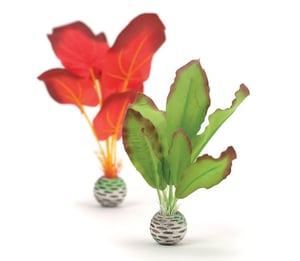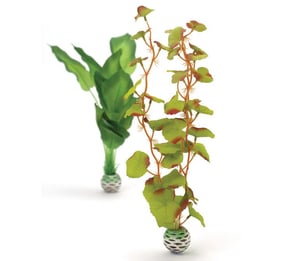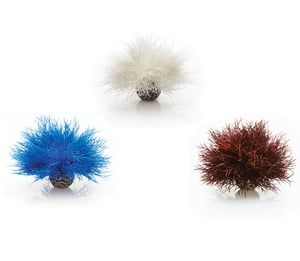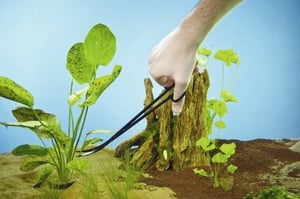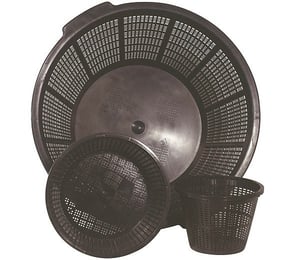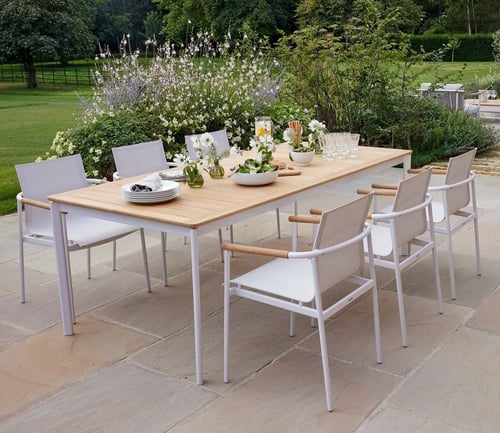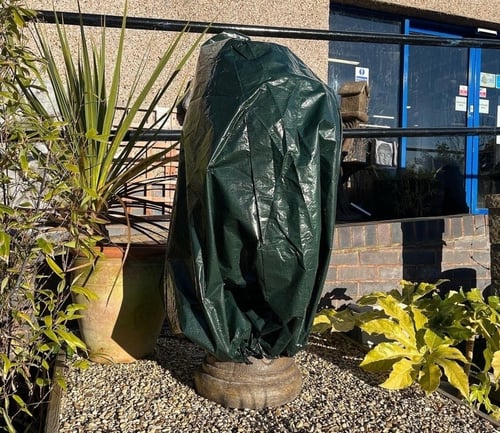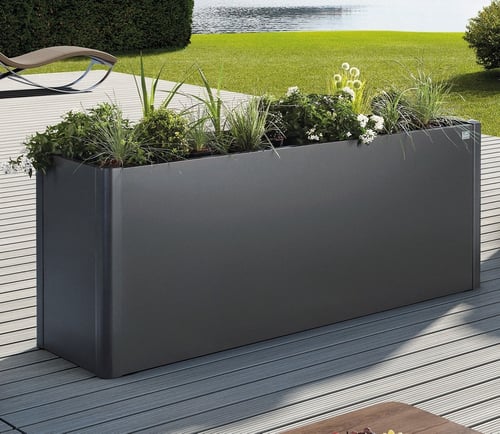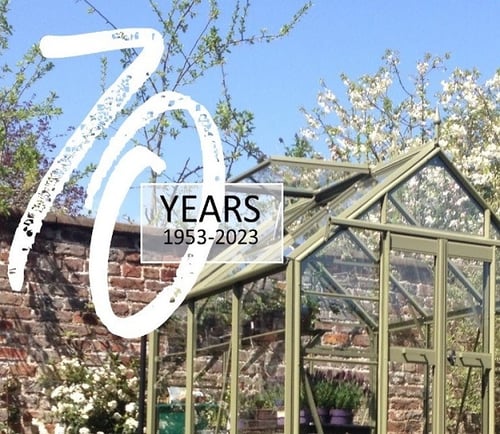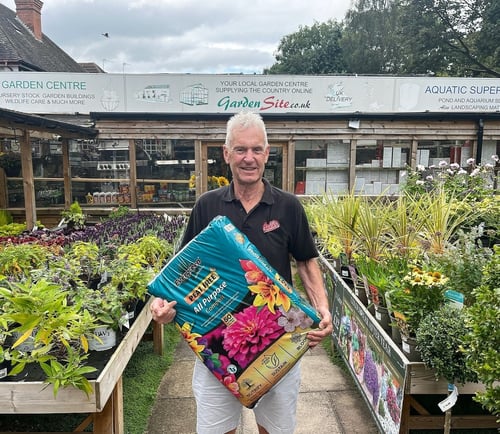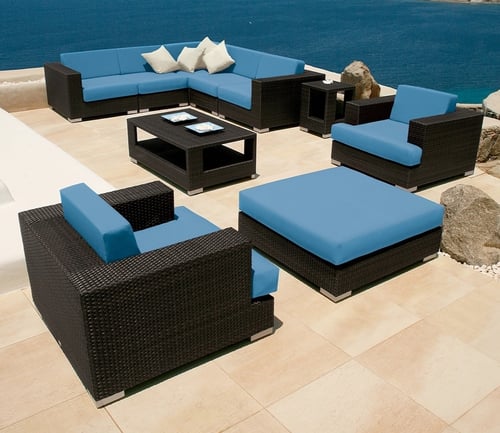First of all there are a few ground rules to follow. Prevent the temperature from getting too hot or cold, or fluctuating too widely. During the growing season, a temperature of 15° – 20°C will suit the majority of conservatory plants. Keeping the temperature above 10°C during the winter is essential for species, although a wide range a plants will survive in cooler conservatories (4.5° – 7°C) including Cyclamen and Ferns.
Particularly for plants that thrive in humid conditions, mist plants regularly (with rain water so that no chalky deposits from tap water are left on the leaves). You can also hang humidifiers on radiators and place pots on damp gravel.
Conservatories can be uncomfortably hot and the intense light will scorch leaves. Make sure there is good ventilation and, especially if the conservatory is south facing, use blinds or locate the plant away from the mid-day sun. In hot weather think about placing the plant outside for a while, they may become more robust and any pests will be taken out of their comfort zone.
Watering
The amount of watering depends on the species, size of the plant and the season of the year. During the summer watering needs to be more frequent, never letting the plant dry out. In the winter, watering can be more sparing until gradually increasing in the spring. There's no general rule, so treat each plant individually.
Preferably water plants in the evening as you would any garden plant. You should use rainwater for lime hating plants (Gardenias, Camellias etc). It's handy to always keep a watering can full of water so it is at room temperature. Don't forget, you're more liable to overwater than underwater, so wait until the top of the compost becomes a little dry.
Feeding
Plants will need to be fed regularly during the summer. Use an appropriate specialist plant food that contains the correct nutrients for a particular plant, for example, specialist citrus formulas are available and growers also recommend Epsom Salts periodically (to add magnesium). Two or three times a year use lots of clean water to flush out the salts that may have built up in the soil.
Re-potting
Spring is probably the best time to re-pot plants. You'll know when they need re-potting when roots appear through the drainage holes and form a tightly knit pattern inside the pot. Pot on to the next size using a similar compost, not forgetting to add a few crocks at the bottom.
Pests and diseases
As with other house plants, if conservatory plants are kept healthy the risk of pests and disease is minimised. Look out for blackfly, greenfly and scale insects, use an insecticidal soap or an organic pesticide such as pyrethrum, although the latter will kill beneficial insects as well.
If grey or sooty mould should occur, cut off the affected parts and make sure that there is better air circulation within the plant. If the plant is infected with a virus, again eliminate the affected parts and double check for those troublesome aphids.





